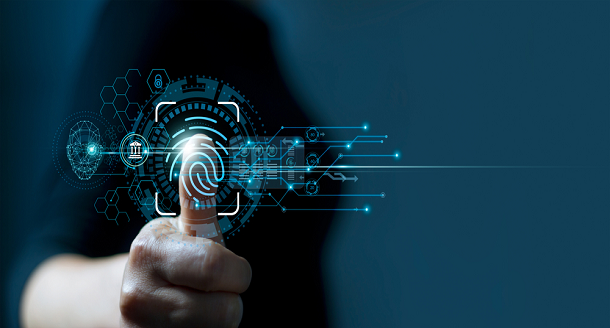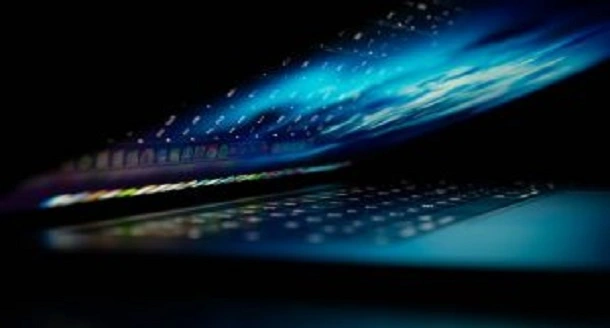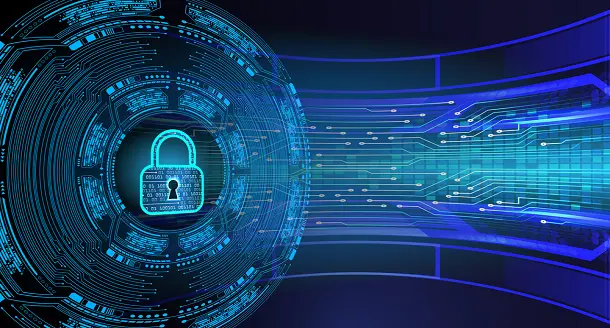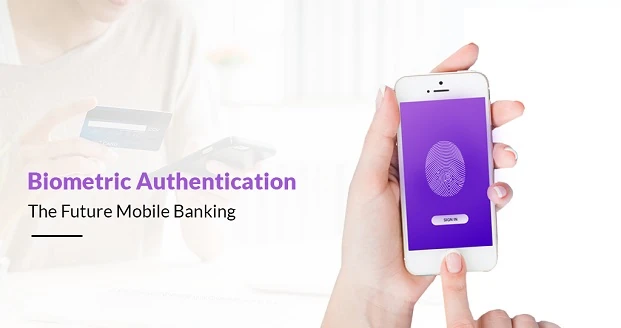
|
Getting your Trinity Audio player ready...
|
Using biometrics in ATMs is a great way to increase security. In the past, there was no way for banks to know who was using an ATM. Today, they have several systems, including facial recognition, iris scanners, and micro-veins. These systems are helpful and help keep people from using stolen credit cards.
Facial recognition:
Using facial recognition in ATMs is an excellent way to reduce the risk of fraud, speed up transaction times and improve personalization. ATMs with facial recognition technology store a digital image of a person’s face and can alert security when similar faces appear.
Facial recognition is the use of a computer application to detect a face in a digital image. The application compares the face’s appearance to a reference image in a database. The results can be helpful for forensic analysis of a theft incident.
Facial recognition in ATMs is not a new technology, but it has recently gained popularity. Many banks are implementing facial recognition technology in their ATMs. The technology is easy to use, speedy and reliable.
Facial recognition in ATMs uses a computer application to identify a person’s face in a digital image. The application matches the face’s appearance to a reference picture in a biometric database.
Micro-veins:
Whether you’re a bodybuilder or just a regular person, you may have noticed that you have visible veins. These veins may not be painful, but they can be bothersome. They may even cause you to feel uncomfortable, itching or restless. If this sounds familiar, you may need to see a healthcare professional.
Veins are part of your body’s blood vessels. These veins carry oxygenated blood from your heart to your tissues. They also pump blood back to your heart. When the valves in veins fail, blood can pool and make your veins bulge. This can lead to varicose veins and severe other vein conditions.
If you have visible veins, your primary care provider can determine whether the condition is normal or caused by a health problem. He can also recommend a healthy diet and activity level. He can also discuss the safety of any medications or supplements you may be taking.
Iris:
Using iris biometrics in ATMs is a promising and safe solution to preventing fraud and unauthorized transactions. Iris recognition technology is a unique identification system which matches the pattern in the customer’s iris to a stored value in a well-secured Identification Control Unit (ICU).
Iris recognition in ATMs uses a video frame-grabbing methodology to capture the individual image from live video and compare it to a stored value. Iris scanning may be done at a distance or on the move.
In Qatar, the largest financial institution in the Middle East, QNB has a Biometric Eyes (IRIS) Scan ATM program that is the first of its kind in the country. The bank’s Iris ID biometric solution allows customers to access their accounts without using their bank cards. Its use in branch ATMs is part of the bank’s commitment to offering innovative solutions.
Behavioural biometrics:
Behavioural biometrics is a relatively new authentication method. It creates a unique profile for each customer. It uses hundreds of unconscious behavioural signals to identify suspicious activity before a transaction. This can help identify fraudsters without disrupting the customer experience.
In an attempt to combat fraud, banks are turning to biometric technology. It offers an alternative to PIN and password systems. Biometrics also provide a way for banks to quickly and accurately identify customers. It also helps reduce operational costs.
Behavioural biometrics is a more secure authentication method than PIN and password systems. The data is typically encrypted during the gathering process. In addition, the data cannot be changed.
There are numerous security risks to the banking industry. It is vital to have a strong security strategy that will protect consumers while preserving the convenience of digital banking.
ATM banking:
Using biometrics to authenticate transactions in ATM banking has many benefits. One of the most important is the fact that biometric data cannot be faked. This means that the security of customers’ funds is protected. Businesses, banks and governments have adopted biometric technology.
For example, a tribal woman in India pressed her finger on an Aadhaar-enabled micro ATM to get her pension. Other countries have also conducted experiments with biometrics.
Banks in Japan have more than 80,000 biometric ATMs. These ATMs offer fingerprint recognition, reducing the time required for transactions.
Biometrics is also helpful in avoiding the passage of several people with one card. The technology helps banks to optimize their plastic card expenses. In addition, it provides a secure authentication process. Banks can use biometrics to ensure that only authorized people access their accounts.
Author Bio:
Carmen Troy is a research-based content writer for Splash sol, a globally Professional SEO firm and Research Prospect, The UK’s most trusted dissertation writing service. They provide Dissertation writing services, Assignment writing services and many more services to students of all levels, and their experts are all UK-qualified. Mr Carmen holds a PhD degree in mass communication. He loves to express his views on various issues, including education, technology, and more.


